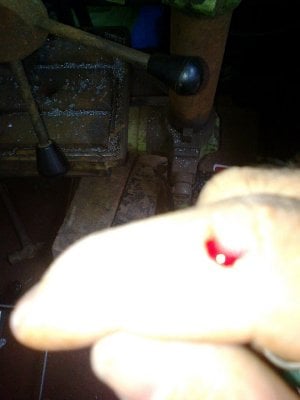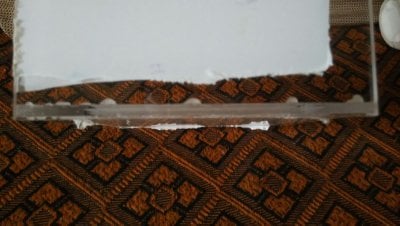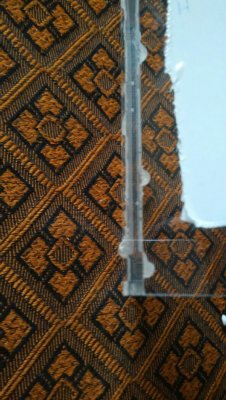I usually go with a metal frame stand, wrapped in plywood and laminate. The metal frame has adjustable level feets.I misunderstood, I thought he was installing a new tank. I use composite shims for stand leveling and cedar shims for the pins method. I just go to the hardware store and get a package of assorted sizes and sand if needed.
Spot on mate! Can i use popsicle sticks? or laminate cut to fine strips : thickness of laminate being 1 mm to 1.5 mm?No, we use wooden shims to adjust the bottom sheet so that all the wires are tight in the seam about to be welded. Imperfections in the table, or in the thickness of the sheets (cast sheets are usually inconsistent in their thickness). Wooden shims can be used from the hardware store, but they usually need to be sanded on a belt sander to get them to a fine point. Cedar shakes are another good option because you can pick through them and get the ones that are really thin. It usually doesn't take much to ensure that the pins are tight. We're talking the thickness of a few sheets of paper. Using camper foam to support the parts about to be joined can absorb some of the imperfections as well.
























